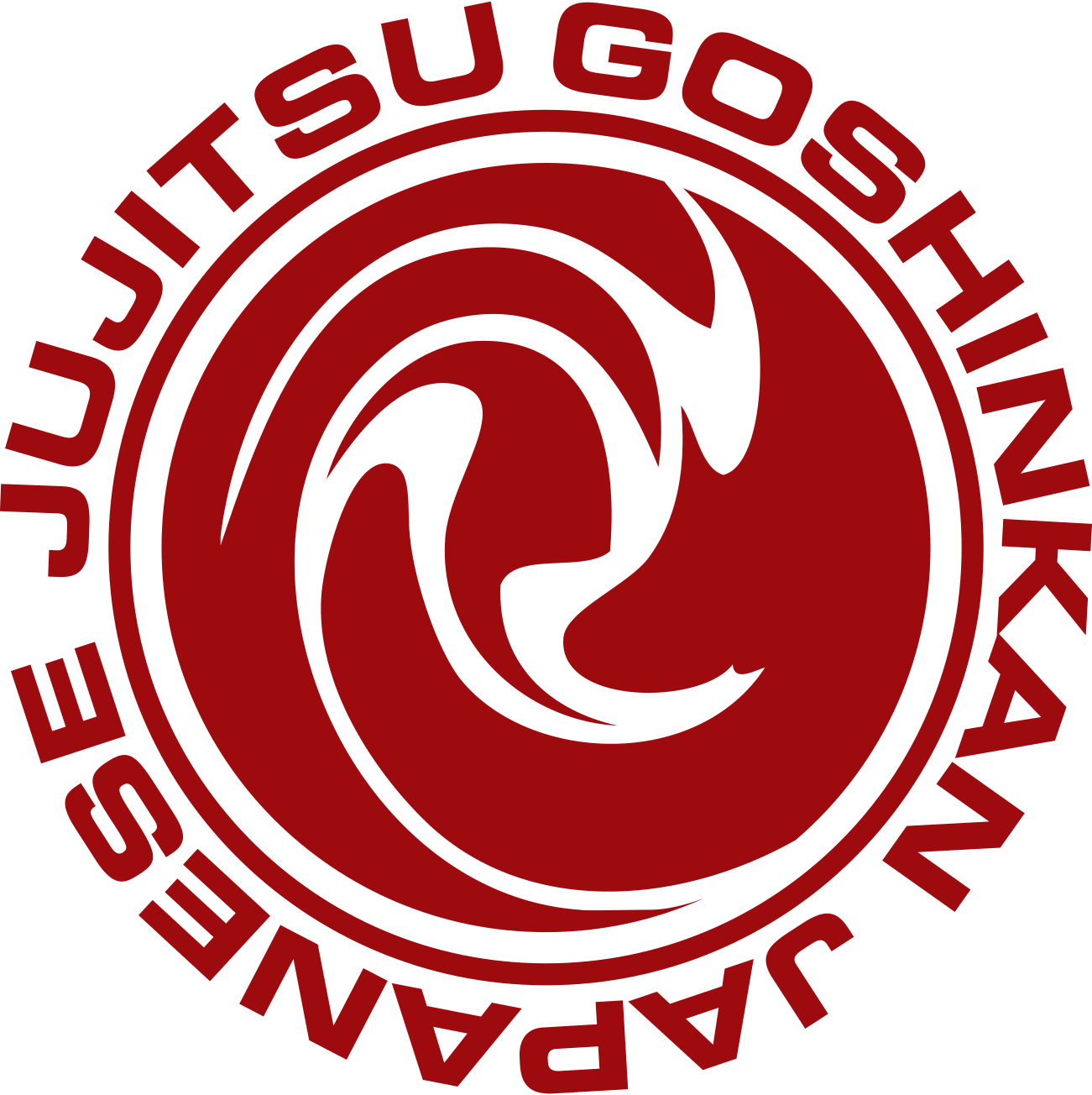
Exceptional Martial Arts. Extraordinary service.

About Goshinkan Ju-Jitsu
There are many different styles of Ju Jitsu (jiu-jitsu), each concentrating on a different aspect of the art. In its purest form, Ju Jitsu comprises kicks, punches, nerve-centre pressure-point control, holds, joint locks, throws, and grappling. Ju Jitsu is arguably the most well-rounded combat art for self-defense.
In Japanese, Ju Jitsu means "gentle (ju) art (jitsu)". The name refers not just to ju jitsu techniques, which are anything but "gentle", but rather to how you address a self-defense situation, including your state of being having reached a certain degree of proficiency.
Learning Ju Jitsu allows you to adapt your response to best suit a given situation.
Ju Jitsu was the hand-to-hand combat art of the Samurai, developed for use in close-quarters where it was not possible to wield a sword, and later when the Samurai were forbidden to carry swords in public.
Ju Jitsu is the parent art to many modern martial arts, such as Aikido, Karate, Judo, many others. Below is a chart comparing a variety of self-defense techniques to different martial arts.
A skilled Ju Jitsu practitioner is capable of defeating armed and unarmed assailants with as much force as necessary to stop an attack and prevent further attack. Ju jitsu continues to be an art worthy of serious study.
Learn more about Goshinkan-Ryu Ju-Jitsu at www.GoshinMA.com. Goshinkan Ju-Jitsu Dojo's are proud members of the governing body for Jiu-Jitsu in Alberta, The Alberta Ju Jitsu Association.
Goshinkan Ju-Jitsu Dojo's are proud members of the governing body for Ju Jitsu in the United States under the United States Ju-Jitsu Federation (USJJF) and under the governing body for Ju Jitsu in the world under the World Ju-Jitsu Federation (WJJF).
Take a Tour
Try a class at the Goshinkan Ju-Jitsu it is more than a dojo. Explore a day in the life of a community of professional Ju-Jitsu, instructors and innovators.
Amenities
Whether you’re looking for a healthy workout, pure Ju-Jitsu or self-defense classes, our award-winning dojo has you covered.
“I can’t imagine a better dojo to learn Ju-Jitsu.”
– The Lionel
“I learned how to use advanced throwing techniques in only a month. And believe me they work.”
– Milo F.





